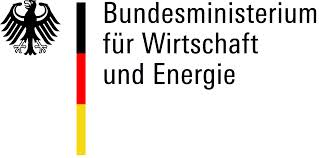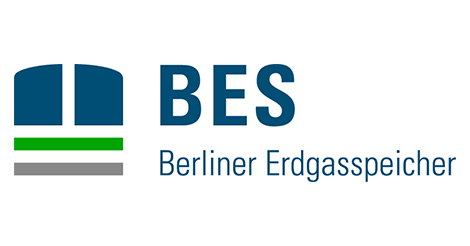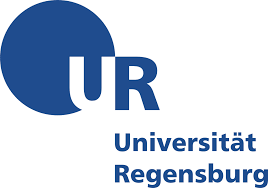
26.05. | Fridays for Future: Webinar on hydrogen mobility
26. May 2020
UMAS Project starts: An underground energy storage for Berlin
10. June 2020UMAS: Underground Methanization in Aquifer Storage

In the UMAS project the RLI is researching whether the Berlin natural gas storage facility, which has been shut down since 2017, could be used in the future as an energy storage facility for electricity from renewable sources.
Use of the Berlin natural gas storage facility as a storage facility for renewable energy
The Berlin natural gas reservoir is located in the Charlottenburg district, about 800 meters below the earth's surface. It is a porous layer of sandstone that can absorb gas and hold it securely - natural gas was stored here until 2017. Conversion to storage for renewable energy envisages two conversion steps :
The methane gas can then be fed directly into the Berlin natural gas grid and used - for example, for heat or mobility. Compared with the direct use of renewable energy as electricity, this of course means a detour that involves losses. Nevertheless, the technology has advantages because, due to fluctuations in demand and renewable energy generation, large storage facilities are very important for the energy system. Coupling the electricity and gas sectors creates important new flexibility for the energy system.
Cross-disciplinary expert* team and participatory involvement of residents
In UMAS, experts from the fields of microbiology, biochemistry, process engineering, geology, economics and energy system research are working together to explore the potential of Berlin's natural gas storage facility for the energy transition. The RLI is focusing on the integration of the storage facility into the Brandenburg-Berlin energy system .
Laboratory project as the basis for field testing in follow-up project
The two-year project is funded by the German Federal Ministry for Economic Affairs and Energy. It initially evaluates the feasibility of the described conversion. The results of the joint research will form the basis for a field trial that may take place in a follow-up project.
Project period: May 2020 - March 2022
Use of the Berlin natural gas storage facility as a storage facility for renewable energy
The Berlin natural gas reservoir is located in the Charlottenburg district, about 800 meters below the earth's surface. It is a porous layer of sandstone that can absorb gas and hold it securely - natural gas was stored here until 2017. Conversion to storage for renewable energy envisages two conversion steps :
- Surplus electricity from renewables, which would remain unused at this point, is converted to hydrogen via electrolysis or plasmalysis (power-to-gas).
- The hydrogen is injected together with CO2 into the underground storage facility. There, microorganisms convert it by biological methanization into methane gas.
The methane gas can then be fed directly into the Berlin natural gas grid and used - for example, for heat or mobility. Compared with the direct use of renewable energy as electricity, this of course means a detour that involves losses. Nevertheless, the technology has advantages because, due to fluctuations in demand and renewable energy generation, large storage facilities are very important for the energy system. Coupling the electricity and gas sectors creates important new flexibility for the energy system.
Cross-disciplinary expert* team and participatory involvement of residents
In UMAS, experts from the fields of microbiology, biochemistry, process engineering, geology, economics and energy system research are working together to explore the potential of Berlin's natural gas storage facility for the energy transition. The RLI is focusing on the integration of the storage facility into the Brandenburg-Berlin energy system .
Laboratory project as the basis for field testing in follow-up project
The two-year project is funded by the German Federal Ministry for Economic Affairs and Energy. It initially evaluates the feasibility of the described conversion. The results of the joint research will form the basis for a field trial that may take place in a follow-up project.
Project period: May 2020 - March 2022
RLI is responsible for the following task in the UMAS project:
- Analysis of the energy system surrounding the storage facility with renewable and conventional producers and consumers and the grid
- Simulation of the energy system surrounding the storage facility in a computer model
- Determination of the potential of the storage facility for emission reduction, system stabilization, and economic operation
- Involving local residents and engaging their participation through transparency and provision of information

Supported by the Federal Ministry of Economics and Energy as part of the 7th Energy Research Programme.
Research at RLI is supported by the Reiner Lemoine Foundation.













